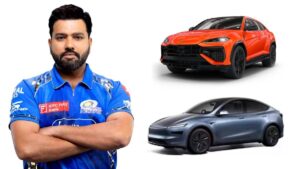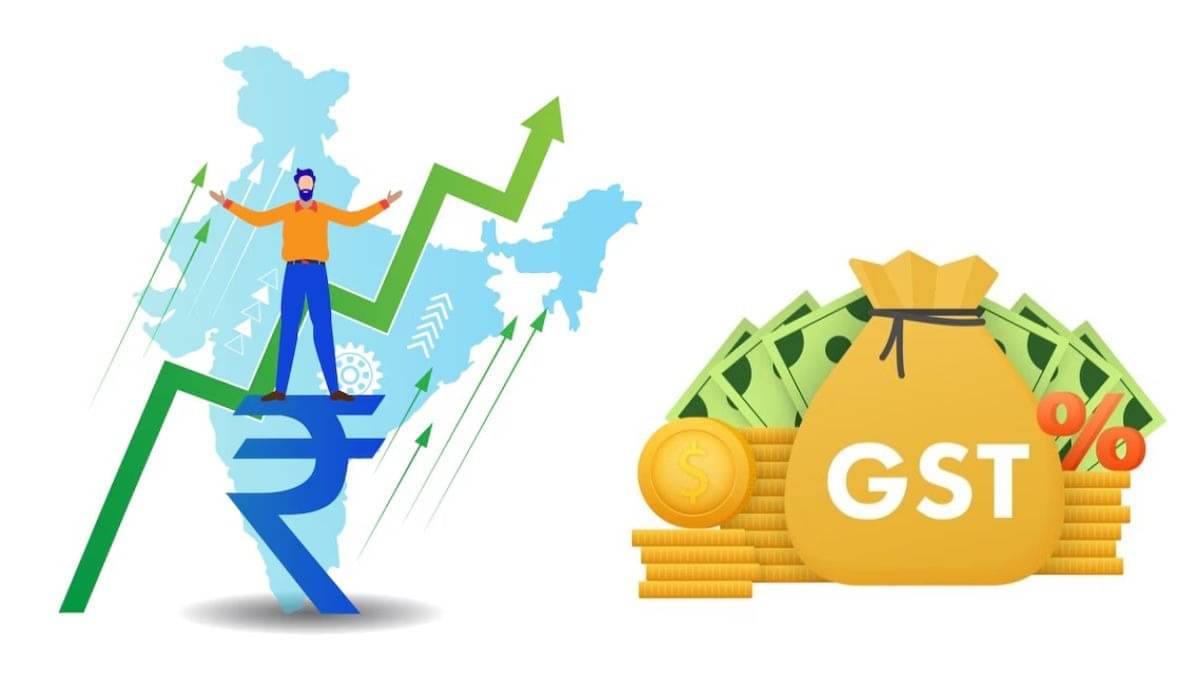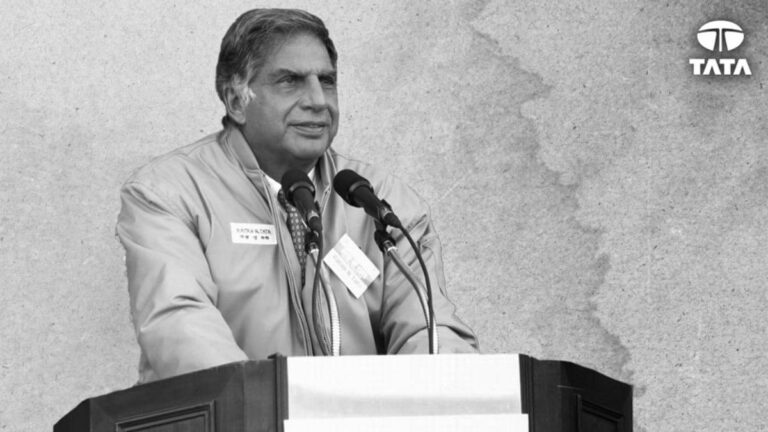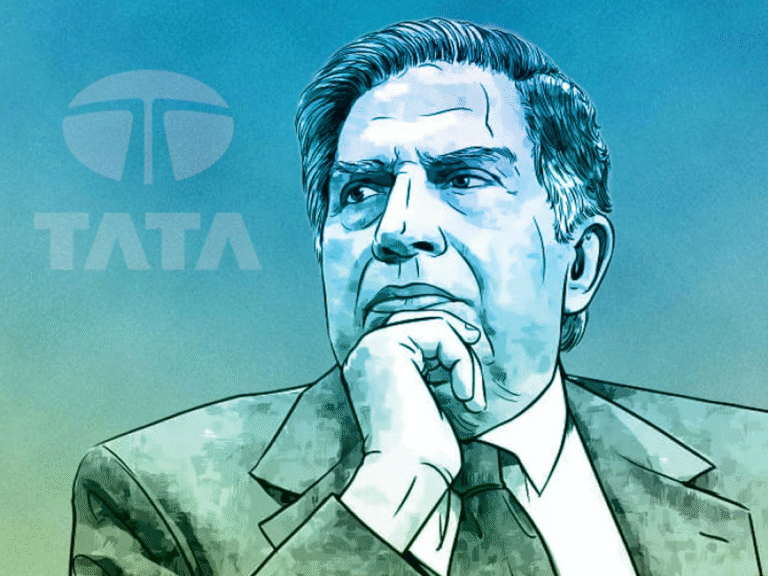India’s consumer market has experienced its most robust Navratri sales in over ten years, a trend significantly influenced by the Modi administration’s NextGen GST reforms.
By streamlining GST rates and reducing the tax load on both essential and luxury items, the government has fostered an environment of consumer confidence. This shift encouraged families to purchase new vehicles, invest in home appliances, and indulge in lifestyle products, resulting in unprecedented levels of festive spending.
Automobile Sector Reaches New Heights
Leading the charge in this spending spree, the automobile industry recorded exceptional figures.
Maruti Suzuki
The renowned automaker Maruti Suzuki reported a staggering doubling of its Navratri sales compared to the previous year, achieving its best festive performance in a decade. The company noted 350,000 bookings, with around 250,000 still awaiting delivery. By the conclusion of Navratri, it anticipates reaching the 200,000 delivery milestone. In contrast, last year, the company sold 85,000 vehicles. In just the first eight days of the festival, Maruti Suzuki successfully delivered an impressive 165,000 vehicles. Remarkably, on the inaugural day of Navratri, the company set a new record by delivering 30,000 cars, marking its best single-day performance in 35 years.
Mahindra & Mahindra
Mahindra & Mahindra, recognized for its popular SUVs like the XUV700 and Scorpio N, reported a remarkable 60% year-on-year increase in retail sales this festive season.
Hyundai
Hyundai also experienced a surge in demand for its models, particularly the Creta and Venue, with SUVs accounting for over 72% of its total sales during the festive period.
Hero MotoCorp
Hero MotoCorp saw a remarkable increase in showroom foot traffic this Navratri, with a significant uptick in the commuter motorcycle segment.
Tata Motors
Tata Motors surpassed the sale of 50,000 vehicles, driven by the popularity of models such as the Altroz, Punch, Nexon, and Tiago, which contributed significantly to their volume sales.
Bajaj Auto
Bajaj Auto also reported a robust sales performance this festive season, reflecting the overall positive trend in the automotive industry.
Consumer Electronics Experience Significant Growth
The electronics and appliances sector mirrored this robust growth, showcasing impressive sales figures.
Haier experienced an extraordinary 85% increase in sales, nearly exhausting its Diwali inventory of high-end 85-inch and 100-inch televisions priced above ₹2.5 lakh. The company also sold between 300 to 350 units of 65-inch TVs on a daily basis. Meanwhile, Reliance Retail, the largest retailer in India, reported a sales increase of 20-25% compared to last year’s Navratri, primarily driven by large-screen televisions, smartphones, and fashion items. Vijay Sales also noted a sales growth exceeding 20%. LG Electronics India highlighted what it characterized as “exponential growth” in demand during this festive season, while Godrej Appliances reported strong double-digit sales growth as well.
Festive Season Emerges as Major Consumption Period
Retailers have observed that the initial half of the festive season, which includes Onam, Durga Puja, and Dussehra, now represents 40-45% of total festive sales in India, establishing it as the country’s largest consumption window.
With sales growth across various sectors ranging from 25% to 100%, India’s festive spending has experienced its most significant upswing in a decade, indicating a strong recovery and a positive economic outlook for the consumer market.
















